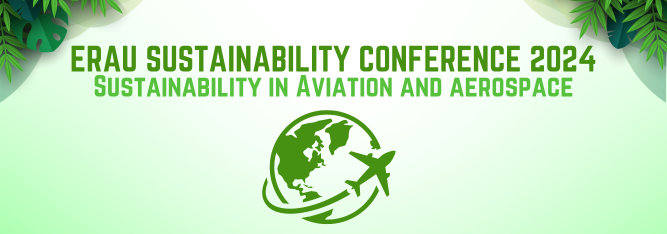Presentation Type
Long presentation (faculty/staff) 15-20 minutes
In Person or Zoom Presentation
In-Person
Campus
Daytona Beach
Status
Faculty
Faculty/Staff Department
Electrical, Computer, Software, and Systems Engineering
Presentation Description/Abstract
There are multiple arguements for sustainability, but one that resonates with environmentalists and the public alike is the need for preservation to all us to discovery natural solutions to our problems. Common examples often given include medical discoveries, unique mechanisms, and new materials. This presentation focuses on two ideas to motivate sustainability. First, what is the current state of biologically inspired design? Is there more to learn from nature? To answer these questions, recent research is presented which examined 660 Biologically Inspired Design samples from three data sources: Google Scholar, Google News, and the Asknature.org “Innovations” database. The data were classified across 7 dimensions and 68 subcategories. The analysis identified areas for continued exploration. For example, 72.5% of the biomimicry samples had the purpose of improving functionality and 87.6% of the samples impacted the usage phase of a product’s Life Cycle. The second key idea explored is that of the Alle effect. The Alle Effect occurs when a minimum population size must exist to observe certain properties. The Alle Effect is not often cited as a motivation for conservation, however, this talk will discuss important implications. For example, it is not sufficient to preserve a small population in an artificial enclosure to extract all possible design innovations. Examples from current research will be given including snapping shrimp colony defense, sandpiper search, and ant colonies.
Keywords
sustainability, biologically Inspired Design, Alle Effect
Included in
Mechanical Engineering Commons, Other Operations Research, Systems Engineering and Industrial Engineering Commons, Systems and Communications Commons, Systems Engineering Commons
Motivating Sustainability through the State of Biologically Inspired Design
There are multiple arguements for sustainability, but one that resonates with environmentalists and the public alike is the need for preservation to all us to discovery natural solutions to our problems. Common examples often given include medical discoveries, unique mechanisms, and new materials. This presentation focuses on two ideas to motivate sustainability. First, what is the current state of biologically inspired design? Is there more to learn from nature? To answer these questions, recent research is presented which examined 660 Biologically Inspired Design samples from three data sources: Google Scholar, Google News, and the Asknature.org “Innovations” database. The data were classified across 7 dimensions and 68 subcategories. The analysis identified areas for continued exploration. For example, 72.5% of the biomimicry samples had the purpose of improving functionality and 87.6% of the samples impacted the usage phase of a product’s Life Cycle. The second key idea explored is that of the Alle effect. The Alle Effect occurs when a minimum population size must exist to observe certain properties. The Alle Effect is not often cited as a motivation for conservation, however, this talk will discuss important implications. For example, it is not sufficient to preserve a small population in an artificial enclosure to extract all possible design innovations. Examples from current research will be given including snapping shrimp colony defense, sandpiper search, and ant colonies.

